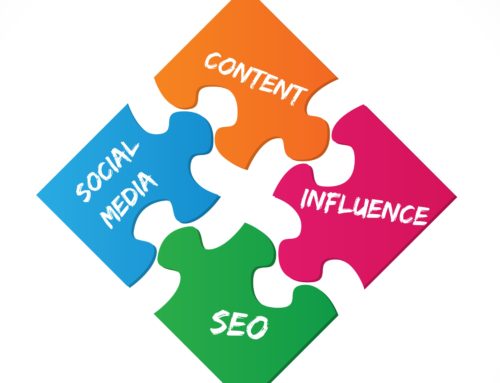If you are a marketing person today, nobody cares about your “offline” skills. Everybody wants a digital marketer. Yet eCommerce currently makes up only 10% of all retail sales.
Some companies like Procter & Gamble are starting to figure out the disconnect and in fact in the last year P&G cut $200 million from its digital spend. Reasons stated are lack of measurement tools and “brand safety” (Tide Pod for lunch anyone?).
Despite cuts such as these digital marketing is not going away, and most companies continue to increase digital spend. Yet one wonders how long before more companies start to figure out how much of their digital spend is ineffective. For example, P&G also cited a 10% increase in reach by reinvesting that money in more traditional media including television and audio.
Where is the disconnect?
For big brands, and really any offline retailer, the problem is that they don’t know their customers. Facebook, Google and Amazon (the “Big Three”) know P&G’s customers. The Big Three know things like what P&G’s customers buy, when they buy, where they live, their socioeconomic status, their age, who their friends are and in general what they like (no pun intended).
However, the Facebook/Cambridge Analytics scandal aside, this is data the Big Three are not willing to share. And why should they? Data is the livelihood of these companies. If you thought Facebook was about cat pictures and Google was about search and Amazon was about cheap products, think again.
Recently I had a lively chat with Rick Braddock. Rick is a leader who has held the top position at companies such as Citibank and Priceline and is now chairman of the board for three disruptive start-ups. He is also an insightful and savvy marketeer. I asked Rick how to solve this conundrum of the disconnect between big brands who sell through third parties, as well as brick-and-mortar retailers who don’t know their customers.
The starting place, as Rick pointed out, is that brands and offline retailers need to establish a direct connection between themselves and their customers. Only with this direct connection can they start to build a database of information about their customers and then, based on trust and loyalty, provide them with offers that are specifically suited to their needs and desires.
But how to establish that? Customer service applications are the low-hanging fruit. And, preferably those that take advantage of rich customer data, artificial intelligence (AI) and are custom tailored to allow customers to complete service tasks in the most efficient and satisfactory manner. But let’s say the customer has no need to interact with customer service? What then?
Loyalty programs are also high on the list. The punch cards of yesterday are now apps on our phone and the better ones allow customers to place orders, check in, or access valuable content directly from the app. Data, data, data.
Closely related with loyalty is gamification. I have been studying gamification for years, however I never thought they were talking about me. For example, I go to Vegas just to see the shows (really!) and if you hand me a video game controller my guy will be dead before I figure out where to position my fingers. However, TripAdvisor has my number. I am currently in the top 4% of all reviewers, probably 3% by next week. Every week I receive emails from TripAdvisor letting me know how many more people have read my reviews and how many reviews I need to get the next level badge. Even though a review does not earn me money or even points I can cash in for travel I get sucked in and end up feeding their big data machine once again.
Speaking of travel, I asked Rick about the gamification angle at Priceline. “Our objective was to sell the customer on something, no matter what their first offer was. Over time, this cemented the core benefit of lowest possible price in the customers mind, so ultimately we could shift to just selling the price itself.” Or another way to put it, customers will remember their experience with a brand long after they’ve forgotten a discount.
Whether it is a customer support, self-service, rating and review, gamification or other engagement application, the name of the game for enterprises of all shapes and sizes is to utilize applications such as these in order to learn as much as they can about their customers. Whatever the app it needs to be both useful and engaging for the customer. Data gleaned directly from applications such as these can then be supplemented with data from other sources such as location data.
Big data needs analytics powered by automation in order to deal with the tremendous volume of data as well as the variety. If AI is not part of your marketing strategy today you are already behind the curve.
Whether you are selling potato chips or computer chips the secret to surviving is in the data. For a company to control its own destiny it needs to be able to guide its customers along the journey. Only then can it delight them with the optimized offer especially suited for them as they have come to expect.




